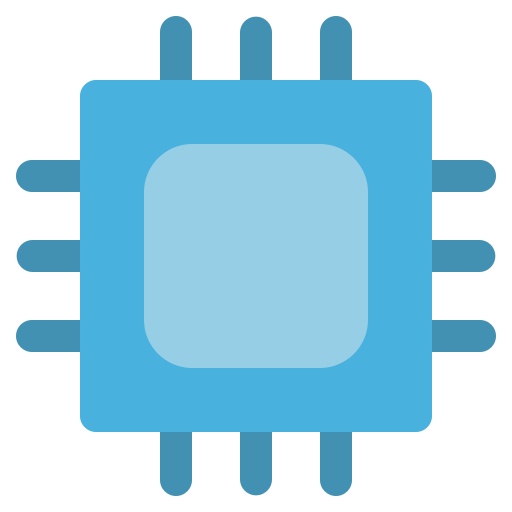Last July, Atombeam unveiled its first product – Neurpac – which is central to the company’s data-as-codewords strategy of shrinking the size of data being transferred by an average of 75 percent in near real-time, resulting in an average four-times increase in effective bandwidth.
Neurpac is a cloud-based platform that includes an encoder, decoder, and trainer that can integrate into an organization’s cloud infrastructure. According to Atombeam, the trainer, using AI and machine learning, creates a set of small codewords – a codebook – with each codeword about three to ten bits in length. The codewords correspond to larger patterns found in a data sample – usually 64, 128, or 200 bits long. The codebook is installed on both ends of the communication link – at the sending and the receiving ends, connected by a satellite.
Yeomans says it is unlike data compression, which re-encodes information using fewer bits than the original. Because it’s on an “individual-only, one-at-a-time basis you can’t really use the compressed files for anything other than storing. If you said, ‘I’ve got a datalake full of this data and I want to do some research on it – I want to find out why this part is burning out on this tractor – just finding the data from those particular line of tractors is really hard, so 78 percent of the time the analysts spend is in finding and cleaning up the data; very little is actually analyzing it,” he says.
 4·11 months ago
4·11 months ago


